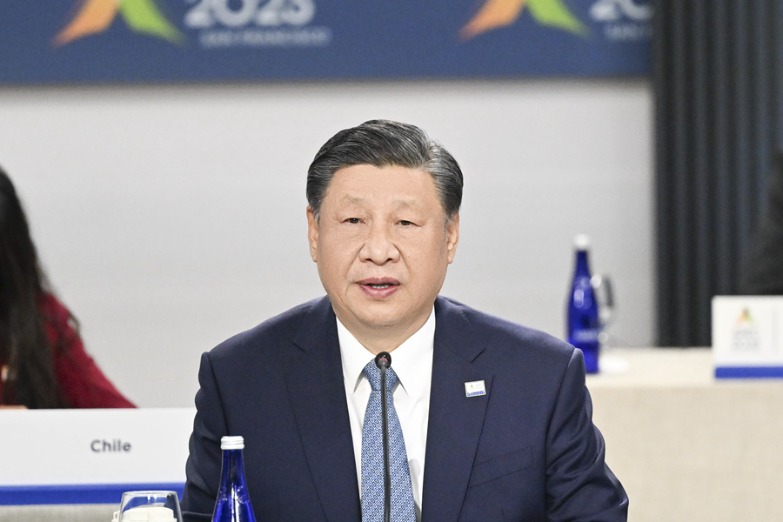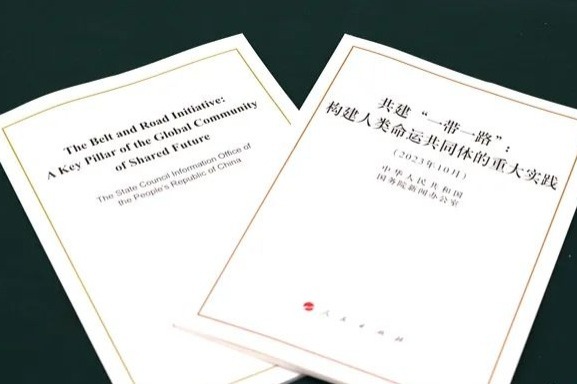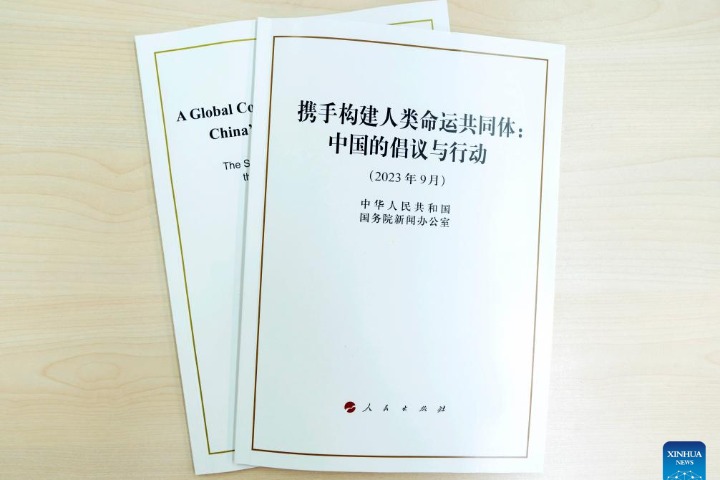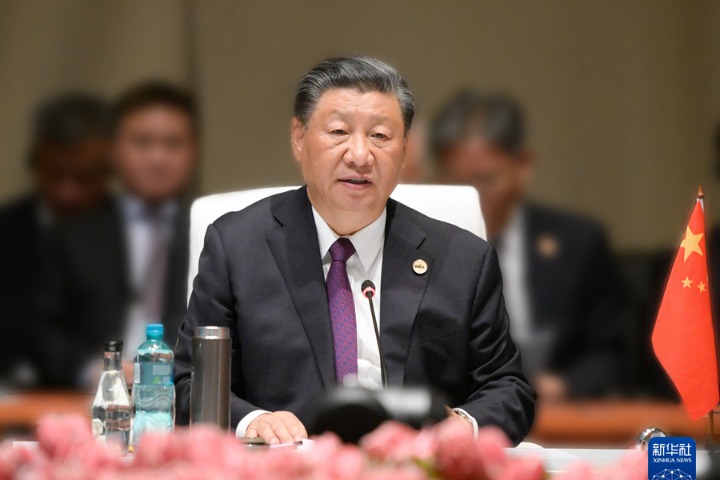2013政府工作报告全文(双语)
新华社 2013-03-19 09:22

二是加快经济结构调整,提高经济发展的质量和效益。坚持实施扩大内需战略,内需对经济增长的贡献率明显提高,经常项目顺差占国内生产总值的比重从10.1%下降到2.6%。居民消费结构加快升级。2012年底,城镇和农村人均住房面积32.9平方米、37.1平方米,分别比2007年增加2.8平方米和5.5平方米;城镇居民每百户拥有家用汽车21.5辆,比2007年增加15.5辆;旅游、文化消费大幅增加。坚持走中国特色新型工业化道路,大力推进产业转型升级。我国制造业规模跃居全球首位,高技术制造业增加值年均增长13.4%,成为国民经济重要先导性、支柱性产业;清洁能源、节能环保、新一代信息技术、生物医药、高端装备制造等一批战略性新兴产业快速发展。产品质量整体水平不断提高。服务业增加值占国内生产总值比重提高2.7个百分点,成为吸纳就业最多的产业。扎实推进节能减排和生态环境保护。五年累计,共淘汰落后炼铁产能1.17亿吨、炼钢产能7800万吨、水泥产能7.75亿吨;新增城市污水日处理能力4600万吨;单位国内生产总值能耗下降17.2%,化学需氧量、二氧化硫排放总量分别下降15.7%和17.5%。修订环境空气质量标准,增加细颗粒物PM2.5等监测指标。推进天然林保护、退耕还林、防沙治沙等重点生态工程建设,五年累计完成造林2953万公顷,治理沙漠化、石漠化土地1196万公顷,综合治理水土流失面积24.6万平方公里,整治国土面积18万平方公里。深入实施区域发展总体战略,颁布实施全国主体功能区规划,制定西部大开发新十年指导意见和一系列区域发展规划,加快推进西藏、新疆等地区跨越式发展,制定实施新十年农村扶贫开发纲要,将扶贫标准提高到2300元(2010年不变价),加强集中连片特殊困难地区扶贫攻坚。中西部和东北地区主要发展指标增速高于全国平均水平,东部地区产业转型升级步伐加快,各具特色、良性互动的区域发展格局正在形成。积极稳妥推进城镇化,五年转移农村人口8463万人,城镇化率由45.9%提高到52.6%,城乡结构发生了历史性变化。城乡、区域发展的协调性明显增强。
2. Accelerating adjustment of the economic structure and improving the quality and performance of economic development
We adhered to the strategy of expanding domestic demand. As a result, the contribution of domestic demand to economic growth increased significantly, and the share of current account surplus in the GDP dropped from 10.1% to 2.6%.
The upgrading in the mix of private consumption accelerated.
-- At the end of 2012, the per capita living area of urban and rural residents was 32.9 square meters and 37.1 square meters respectively, an increase of 2.8 and 5.5 over 2007.
-- Car ownership stood at 21.5 cars per 100 urban households, an increase of 15.5 over 2007.
-- Travel- and entertainment-related spending has risen substantially.
We adhered to the new path of industrialization with distinctive Chinese features and promoted transformation and upgrading of industrial sectors.
-- China's manufacturing industry became the largest in the world. With added-value growing at an average annual rate of 13.4% during the past five years, high-tech manufacturing has become a leading pillar of the economy.
-- Strategic emerging industries grew rapidly, including clean energy, energy conservation, environmental protection, next-generation information and communication technology, biomedicines, and high-end equipment manufacturing.
-- The overall quality of manufactured goods steadily improved.
-- The share of value-added of the service sector in the GDP increased by 2.7 percentage points, and it now creates more jobs than any other sector.
We made steady progress in conserving energy, reducing emissions, and protecting the environment. Over the past five years, the following backward production facilities were closed:
-- Iron works with a total output capacity of 117 million tons.
-- Steel mills with a capacity of 78 million tons.
-- Cement plants with a capacity of 775 million tons.
Moreover, in the past five years:
-- Daily urban sewage treatment capacity increased by 46 million tons.
-- Energy consumption per unit of GDP fell by 17.2%.
-- Total chemical oxygen demand fell by 15.7%.
-- Total sulfur dioxide emissions fell by 17.5%.
-- Environmental air quality standards were revised.
-- The air quality index for monitoring fine particulate matter (PM2.5) was added.
Progress was made in major ecological projects to protect virgin forests, afforest marginal farmland, and prevent and control desertification. Over the past five years:
-- An additional 29.53 million hectares of land were planted with trees.
-- Desertification was halted on 11.96 million hectares of land.
-- Soil erosion on 246,000 square kilometers of land was brought under control.
-- A total of 180,000 square kilometers of land were improved.
We implemented the master strategy for regional development, promulgated and implemented the national plan for developing functional zones, formulated new ten-year guidelines for the large-scale development of the western region and a number of regional development plans, and accelerated leapfrog development of Tibet and Xinjiang. We formulated and implemented a new ten-year program for rural poverty alleviation and development, raised the poverty line to 2,300 yuan at 2010 prices, and intensified efforts to alleviate poverty in contiguous areas with acute difficulties. Major economic indicators rose faster in the central and western regions and northeast China than the national average. Transformation and upgrading of the industrial sector in the eastern region accelerated, and a pattern of regional development is taking shape in which each region both has its distinctive strengths and draws on the strengths of other regions.
We advanced urbanization actively yet prudently. Over the past five years:
-- A total of 84.63 million rural residents migrated to urban areas.
-- The urbanization level rose from 45.9% to 52.6%, marking a historic turning point in China's urban-rural population structure.
Development between urban and rural areas and between regions became more balanced.

















 英语点津微信
英语点津微信 双语小程序
双语小程序